Research Progress
Novel Approach to Fabricating Gadolinium Oxide Structure Neutron Absorber by 3D Printing
A research team at Shanghai Advanced Research Institute proposed a new approach to fabricating the Gd2O3 structure by vat photopolymerization 3D printing.The research results were published in Ceramics International.
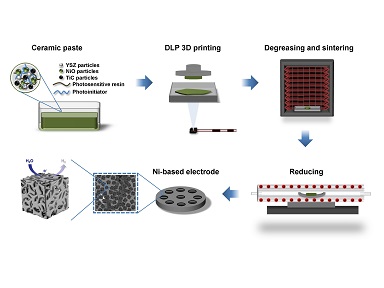
Novel Approach to 3D Printed Nickel-based Electrocatalysts for Highly-efficient Hydrogen Evolution
A research team at Shanghai Advanced Research Institute reported a novel photo-curing 3D-printing method to manufacture directly the structured nickel-based electrocatalysts with unique gluten-like cubic structure and strong catalyst-substrate interaction.The research results were published in Nano Energy.
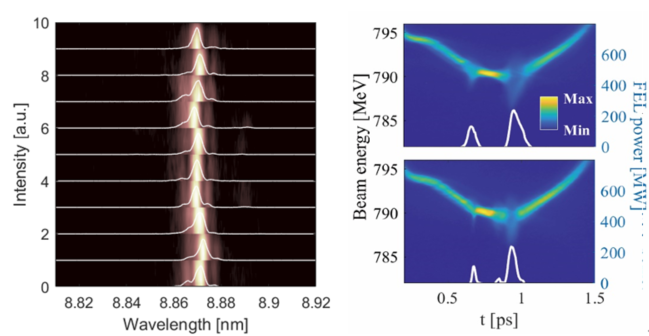
A Novel Approach for Generating Coherent and Ultrashort Soft X-ray Pulses
A research team from Shanghai Advanced Research Institute reported on the first demonstration of an external seeding mechanism, termed echo-enabled harmonic cascade (EEHC) for generating coherent and ultrashort soft x-ray pulses.
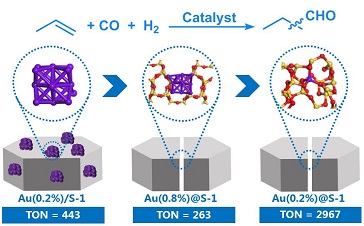
Researchers Develop Novel Au Catalyst for Hydroformylation
A research team from the Shanghai Advanced Research Institute (SARI) of the Chinese Academy of Sciences designed a zeolite-encaged Au single-atom catalyst with Au1-O-SiOX motifs, which shows remarkable catalytic activity and selectivity towards propene hydroformylation.
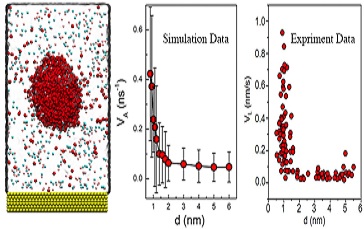
Scientists Reveal Gas Nanobubbles Accelerate Solid-liquid-gas Reaction
A research group reported a real-time observation of the accelerated solid-liquid-gas etching progress of gold nanorods by introducing gas nanobubbles and revealed the underlying microscopic mechanism dependent on liquid layer thickness.
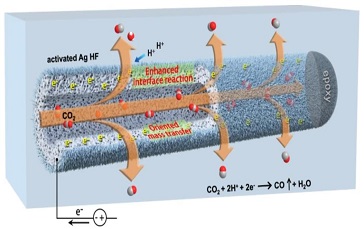
Novel Silver Hollow Fiber Boosts CO2 Electroreduction
A research team led by Prof. WEI Wei and CHEN Wei reported a hierarchical micro/nanostructured silver hollow fiber electrode that reduces CO2 to CO with CO2 conversions exceeding 54% at a high space velocity of 31000 mL?gcat-1?h-1 under ambient conditions, maintaining stable large current densities (~1.26 A?cm-2) and high CO faradaic efficiencies (~93%). The results were published in the latest Nature Communications.





